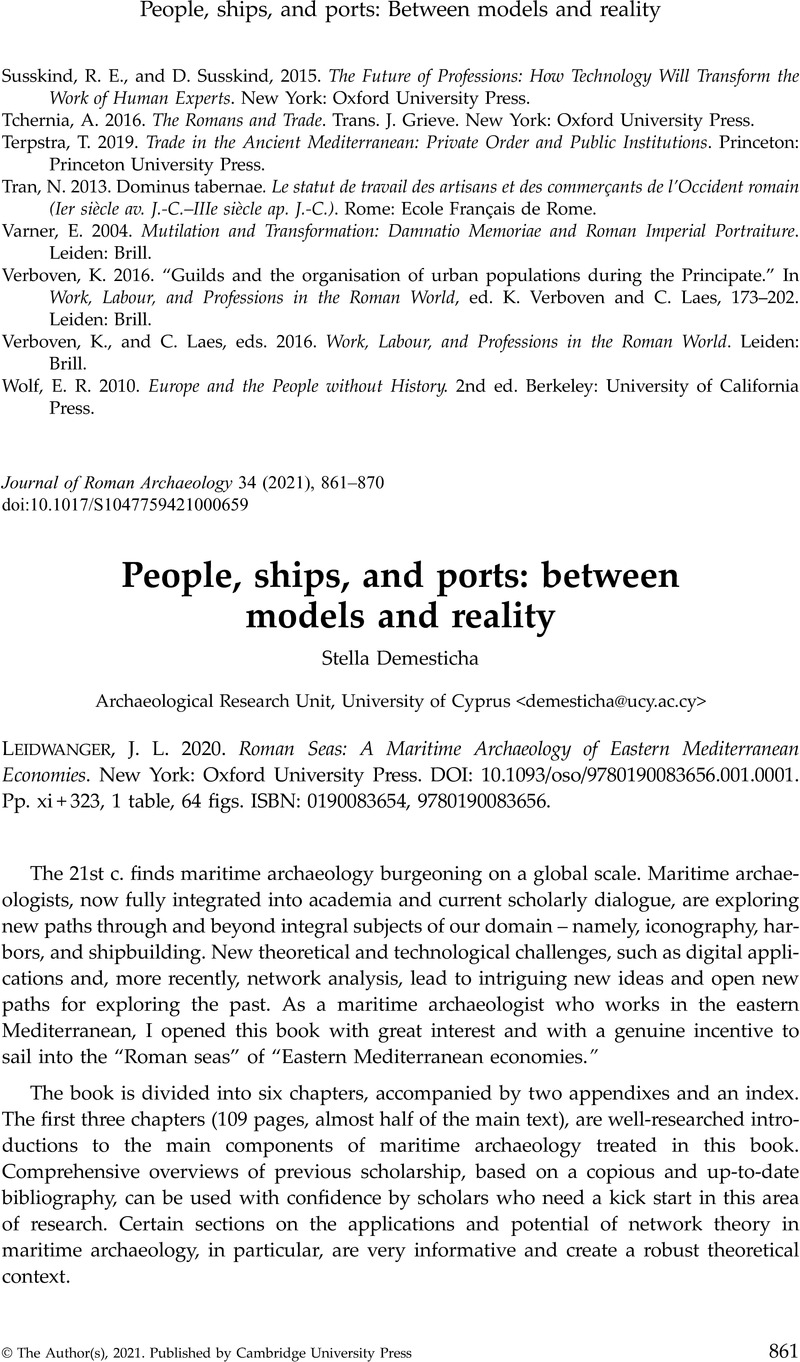von Carnap-Bornheim, C.,
Daim, F.,
Ettel, P., and
Warnke, U., eds.
2018.
Harbours as Objects of Interdisciplinary Research: Archaeology + History + Geosciences. International Conference at the Christian-Albrechts-University in Kiel, 30 September–3 October 2015, within the framework of the Special Research Programme (DFG-SPP 1630) “Harbours from the Roman Period to the Middle Ages.” RGZM – Tagungen Band 34. Mainz: Römisch-Germanisches Zentralmuseum; Leibniz-Forschungsinstitut für Archäologie.
Google Scholar 